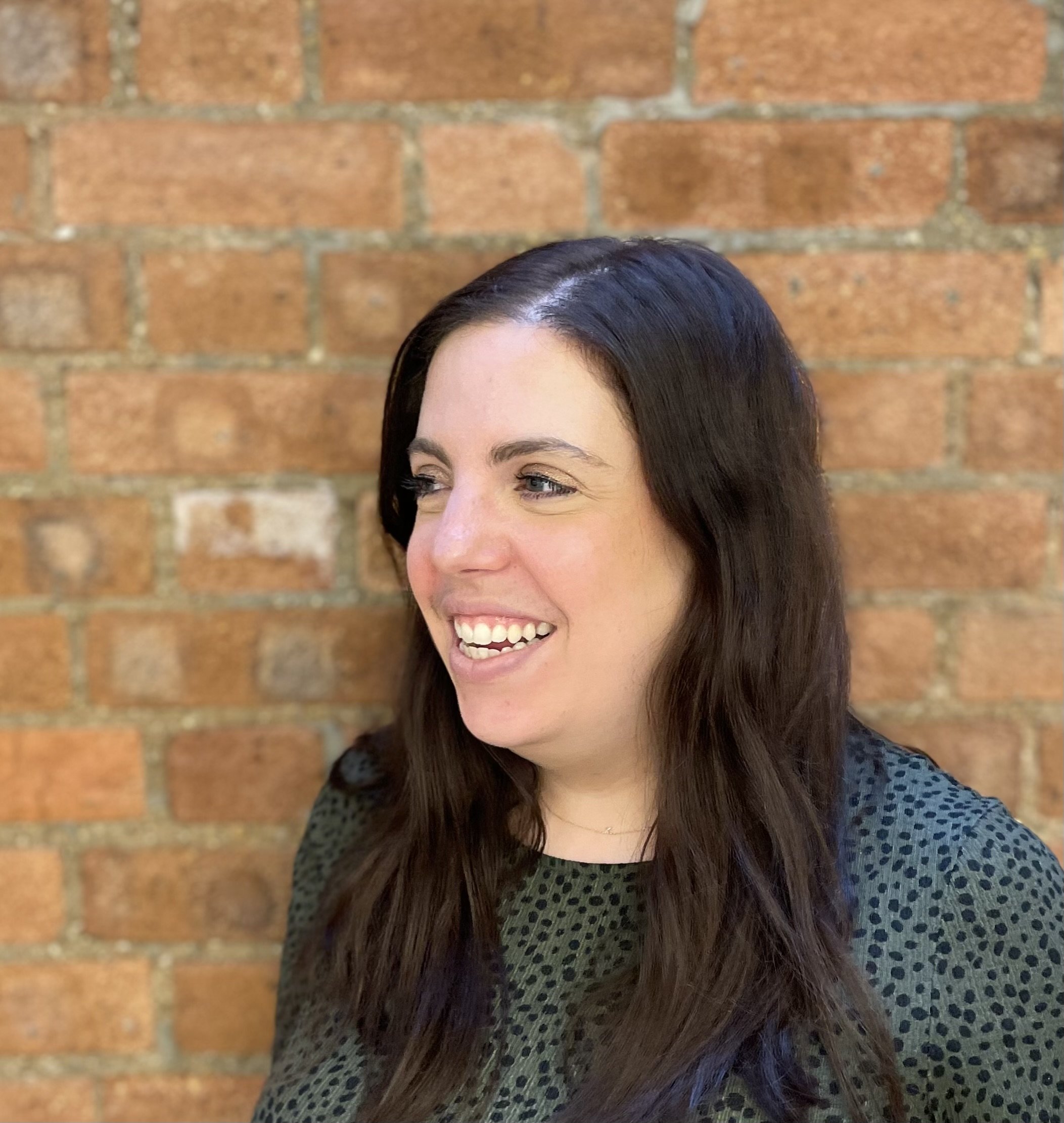By Karen Noctor, Principal Consultant
‘Seeing is believing but feeling is truth.’ The 17th century quote from Thomas Fuller is widely recognised and, until now, has always held true. The premise that if you see it with your own eyes well, it must be real.
However, with the rise of AI, deep fakes and a mass spread of misinformation we’re starting to realise that a lot of what we’re seeing is not to be believed. From the wild spread of conspiracy theories during Covid to videos showing David Beckham’s apparent abilities to speak in nine languages and the most recent deep fakes of Mayor Sadiq Khan over Remembrance weekend, what we traditionally trusted is now being questioned, and it has become far more difficult to tell fact from fiction.
As comms professionals we play a critical role in how stories are developed and told across different types of news platforms – whether that’s traditional or social media.
In terms of developing these stories there is one obvious way in how we can play our part to tackle the spread of fake news. That is very simply to tell the truth.
Whether it’s advising the companies we work with to be more transparent and open in their storytelling, or creating campaigns based on scientific and factual evidence, it is our responsibility to be on the right side of history.
But equal importance needs to be placed on the way in which that news is then disseminated. And that comes down to solid and effective earned media. In my view, these are three key ways we should be supercharging media relations in 2024;
1. Relationships
Journalists serve as gatekeepers of truth and we constantly tell our clients and internally as a team that when it comes to landing stories establishing and nurturing relationships with journalists is not merely about securing ‘coverage’; it’s about earning trust. In the age of AI-generated content and widespread misinformation, being perceived as a trusted source is paramount. More than ever we need to double down our efforts on talking to and meeting with key journalists, developing those relationships and becoming trusted partners.
2. Targeted outreach
On the flip side of this, amidst the proliferation of deep fakes and manipulated media, trust in traditional journalism becomes even more invaluable. An example of this comes from The New York Times who recently posted a new format for sharing information on their journalists called ‘enhanced bios.’ They saw from research that readers want to know more about the rigor behind journalistic processes, to see the people behind the stories and feel that sense of trust in what they’re reading.
In the same way that we must build the trust of our target journalists we need to do the due diligence of vetting and checking each target to make sure there is a credible and experienced person that we trust will tell our story in the way it is intended. Since Blurred was launched, the founders have been very vocal about their views on ‘the death of the sell in’ and that’s because we don’t believe in the traditional way of creating endless media lists with hundreds of targets. It is no longer fit for purpose in our eyes. Even the premise of the word ‘coverage’ is at odds with how we position Earned Media to our clients. We should be thinking in terms of high quality, textured articles, not by quantity – which the word ‘coverage’ implies.
3. The role of experiential
In an age where seeing is not always believing, experiential storytelling emerges as a powerful antidote. As digital media blurs the lines between reality and fabrication people want to enjoy real life experiences. This is about engaging with all audiences on a more personal level, creating memorable and lasting impact.
Whether literally through immersive events, interactive exhibits and real-life demonstrations, or more simply showing up as a brand that ‘walks the walk’ and lives their true purpose in everyday life, experiential marketing can foster genuine connections with audiences whether that’s purely media, or engaging with partners, stakeholders or consumers.
So, as trust in the media continues to decline, putting these key elements into practice through the stories we create and the way in which we tell them is critical and the power of gold standard earned media should not be underestimated. Adding emphasis to the depth of Earned media (quality over quantity!) balanced with the way in which we tell our stories will encourage people to tell the difference between right vs wrong and fact vs fiction, reducing the power and influence of non verified sources and the deliberate spread of misinformation.
